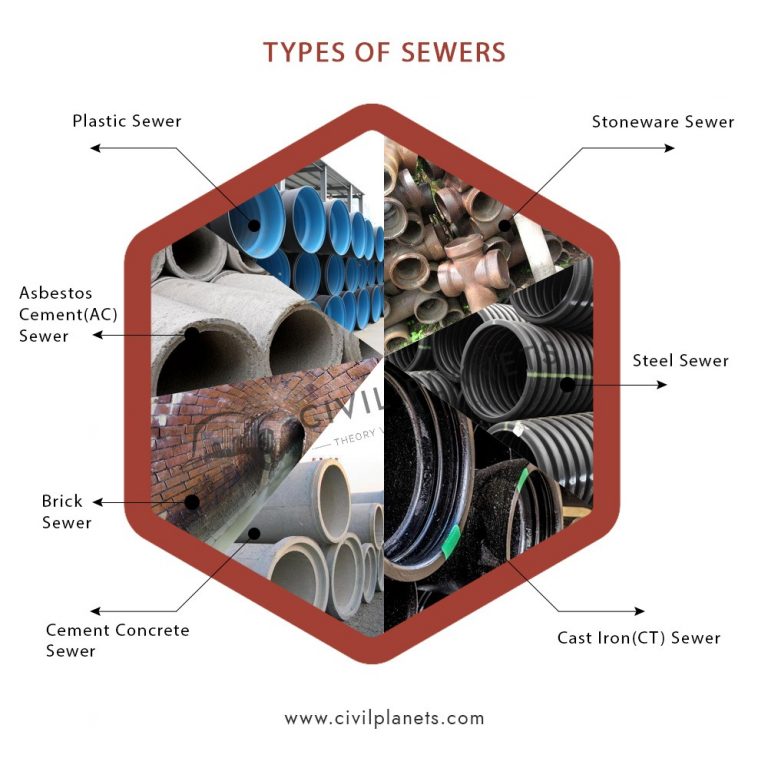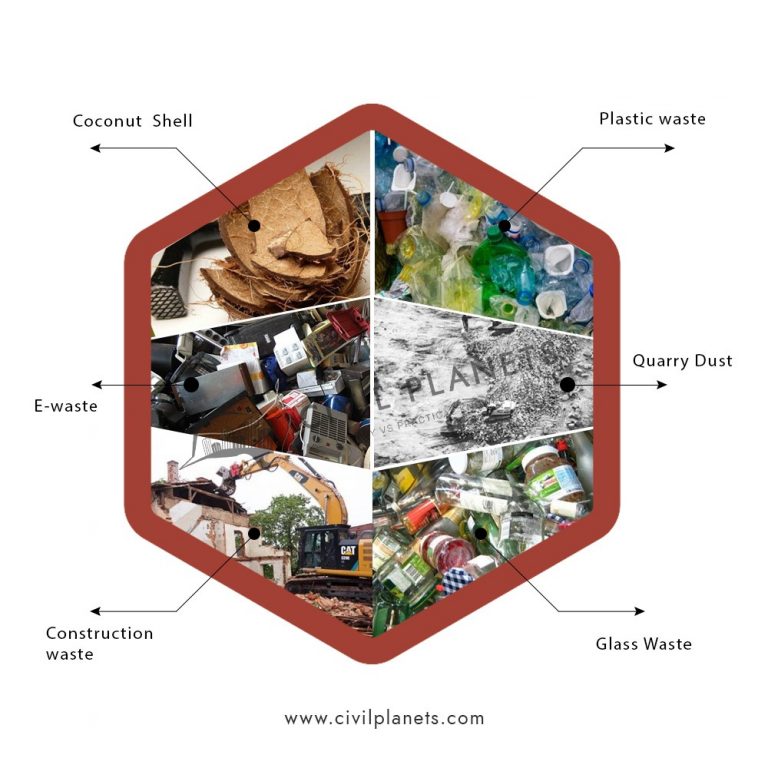You may have heard people debating about joining rivers across the nation for the welfare of Agriculture. Also, the usage of large canals (artificial waterways) to divert water from the mainstream river to urban areas.
It’s not an easy task. To divert or utilize the natural stream by the canal, we have to come across many obstacles.
What is Cross Drainage?

For an Irrigation project or any project, if we would like to carry the discharged water from the source via a canal, we have to face other mainstream obstacles such as rivers, lakes, reservoirs, and other natural barriers.
To transport the canal water across the natural stream, we need a suitable structure which is known as Cross Drainage.
The Necessity of Cross Drainage Works
For the usage purpose, we ought to cross the natural water streams to transport the water to the endpoint. Cross Drainage work is needed
- When the canal stream intersects the natural mainstream.
- When the canal alignment cannot be changed to skip the crossing.
- When the cross drainage is economical by utilizing the same cross drainage for two to three canal streams
- When the surface of the cross-stream does not support the nature of canal flow.
Types of Cross Drainage Works
Not all the natural water stream bed levels are the same along with the canal network.
So according to the designation and requirements suitable type of cross drainage should be selected to bypass the mainstream flow.
According to the need, there are 3 main types of cross drainage works
- Type I – Canal Passes over the Drainage
-
-
-
-
-
- Aqueduct
- Siphon Aqueduct
-
-
-
-
-
- Type II – Drainage Passes over the canal
-
-
-
-
-
- Super Passage
- Siphon Super Passage
-
-
-
-
-
- Type III – Canal and Drainage intersects at the same level
-
-
-
-
- Level Crossings
- Inlet and Outlet
-
-
-
-
Type I – Canal Passes over the Drainage
As the name suggests, the canal will pass over the drainage.
There are two hydraulic structures used in this form of drainage works. According to the Canal Bed level (CBL) to the mainstream High Flood Level (HFL), any one of the systems will be implemented.
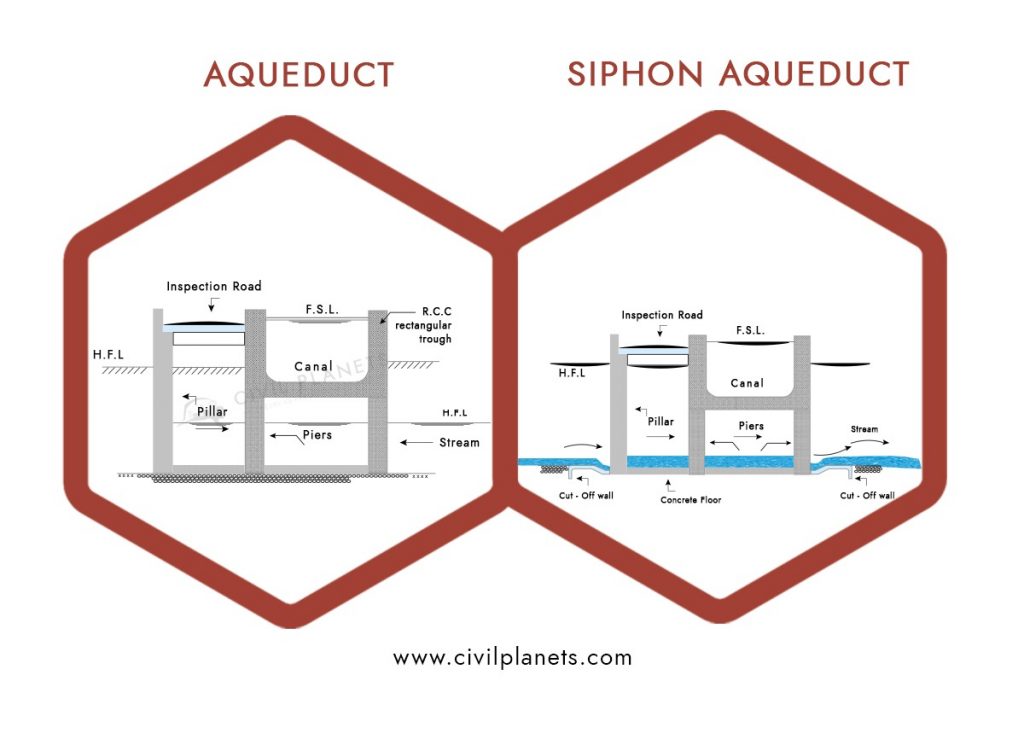
- Aqueduct – In this type, the canal bed level will be above the mainstream’s High Flood Level. So the canal passes over the drainage without disturbing the mainstream (refer the image below)
- Siphon Aqueduct – In this type, the canal bed level is below the mainstream’s High Flood Level. During the High Flood Level (HFL), the water level will be maintained by siphonic action.
Type II – Drainage Passes Over the Canal
As the name suggests, the drainage or mainstream will pass over the canal.
Like above, 2 Hydraulic structures will be used in this too according to the requirements.
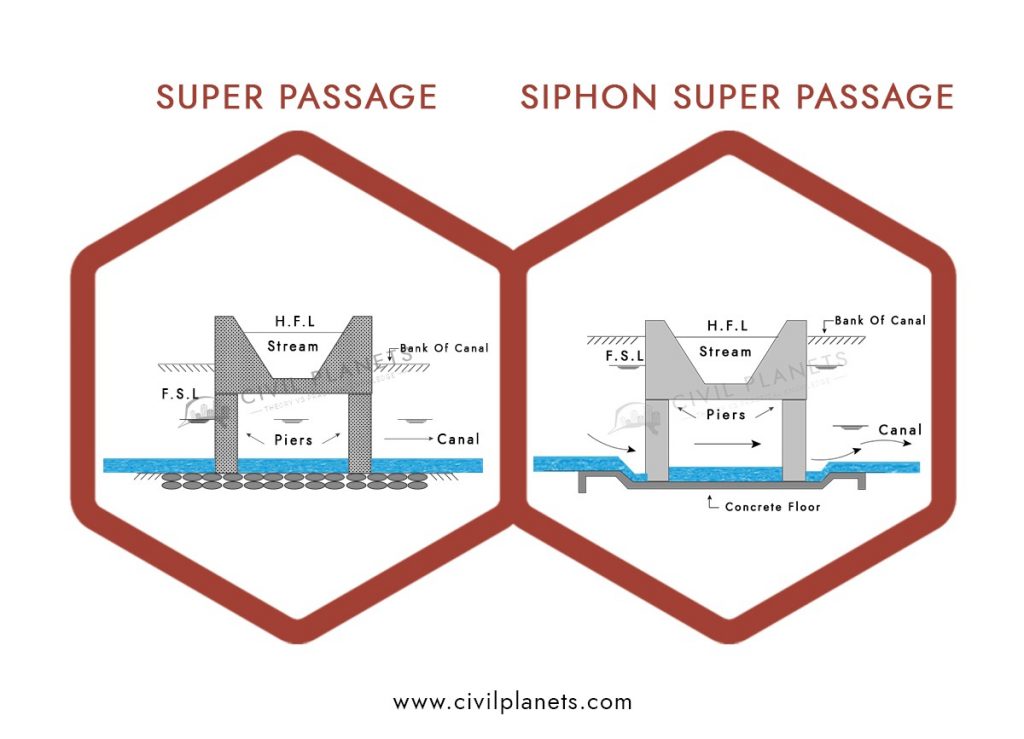
- Super Passage – The structure is used when the bed level of the mainstream is above the canal supply level.
- Siphon Super Passage – This structure will be used when the canal water is passed under the drainage (mainstream) through siphonic action.
Type III – Canal and Drainage intersects at the same level
When canal and drainage meet and intersect at the same level which can’t be avoided otherwise, there will be two hydraulic structures used such as Level Crossing, Inlet, and Outlet.
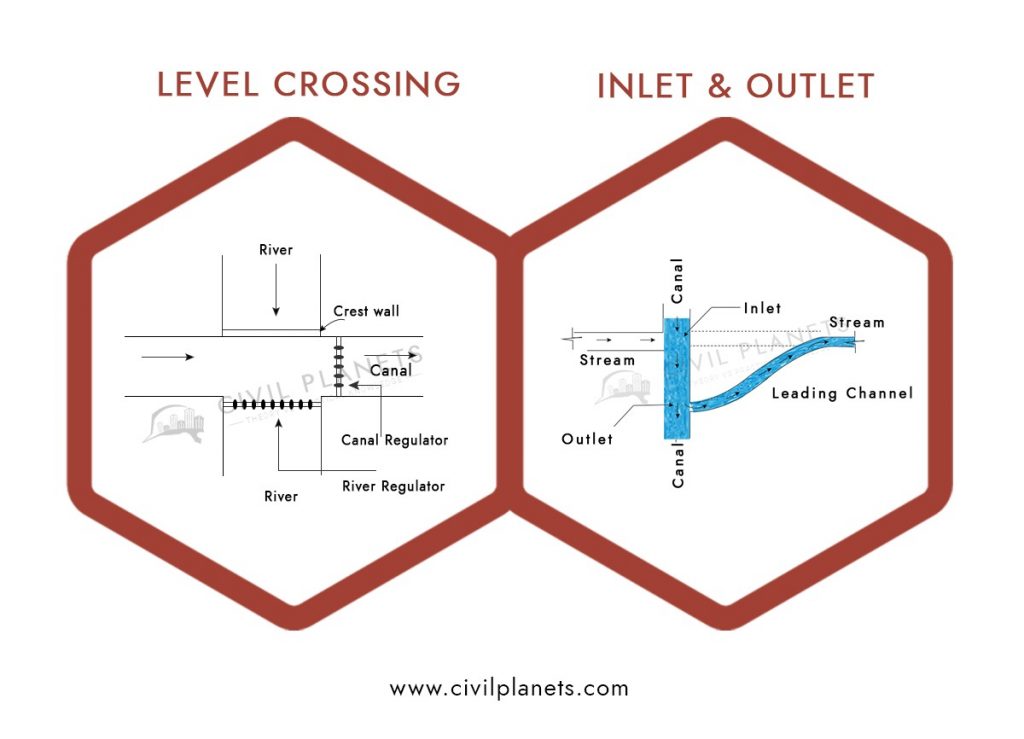
- Level Crossing – It is more like a railway track intersection (which one requires takes the path at that time). When there is no considerable difference in water flow and quality, this system will be allowed. The Canal and Mainstream Regulator control it.
- Inlet and Outlet – In this type of hydraulic structure, the mainstream water will be allowed to pass through the canal network via the inlet and the part of the water is drained as the outlet on the other side of the canal which will allow the mainstream water to flow through the leading pipe.
Factors Influencing the Selection of Cross Drainage Structure
From the above types and definitions, we can see the factors that influence the selection,
- Relative Bed Level – Bed Levels of both canal and mainstream will impact the choice.
- Foundation – Suitable foundation is required to implement the recommended drainage system.
- Cost – The benefits of the canal system should outweigh the cost of the hydraulic structure to be installed.
- Discharge – At times the flow of mainstream will be more than the predicted level, so the hydraulic structure imposed should withstand the seasonal condition.
- Availability – Required construction and communication materials should be available for the proposed structure in that particular area.
Hope you enjoyed reading the topic. Happy Learning 🙂


